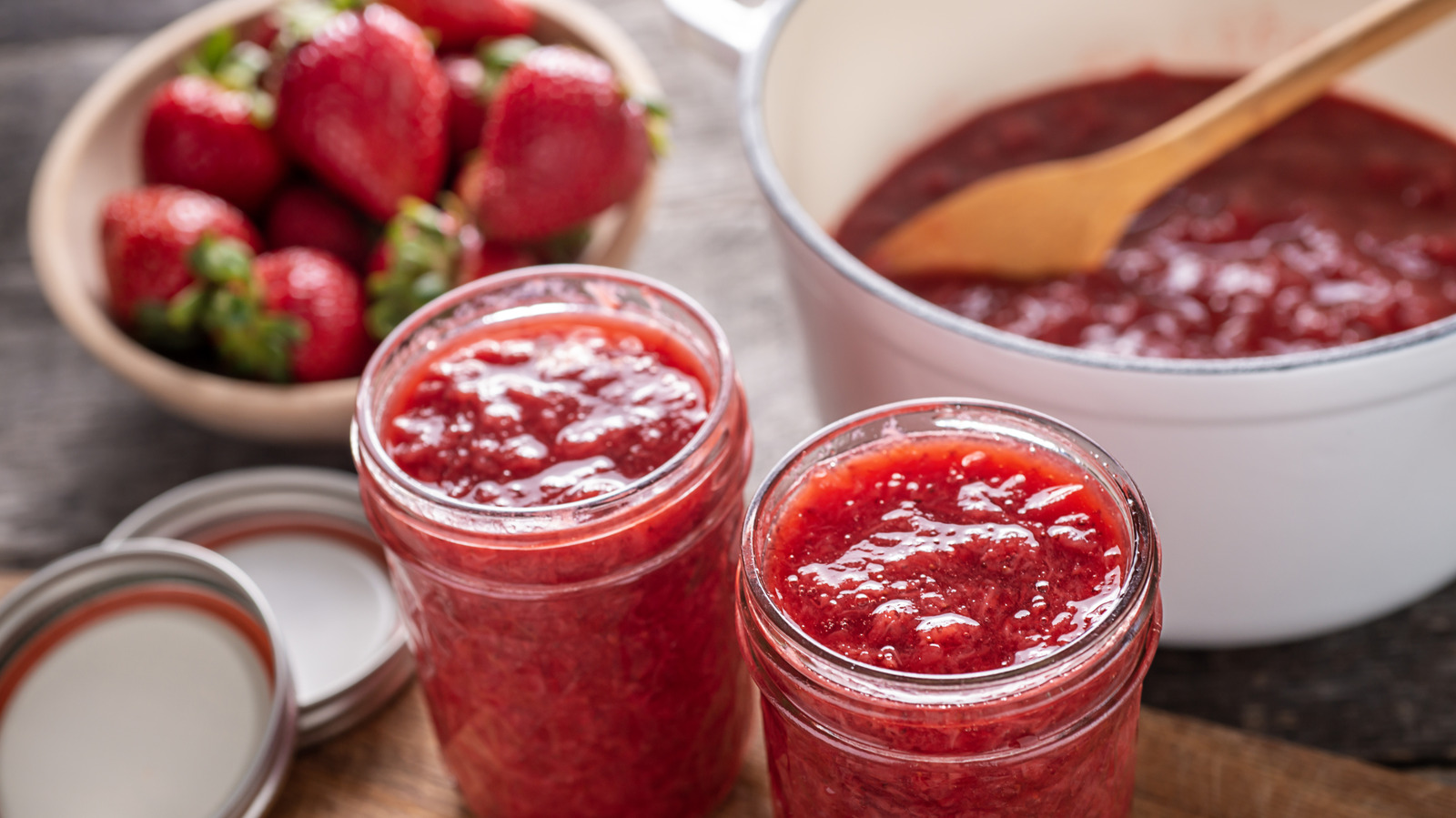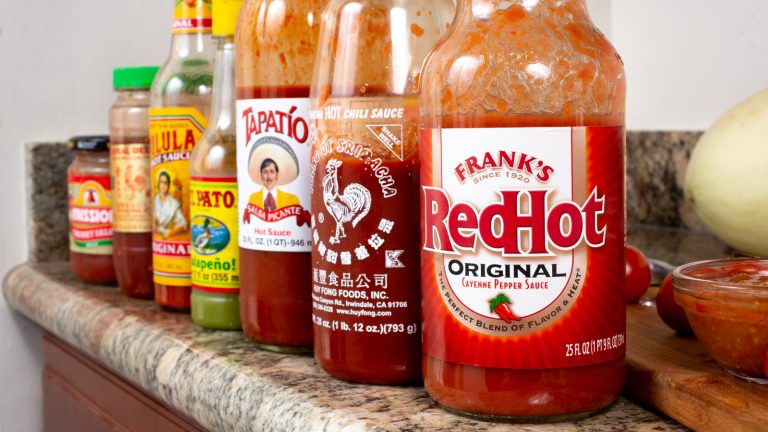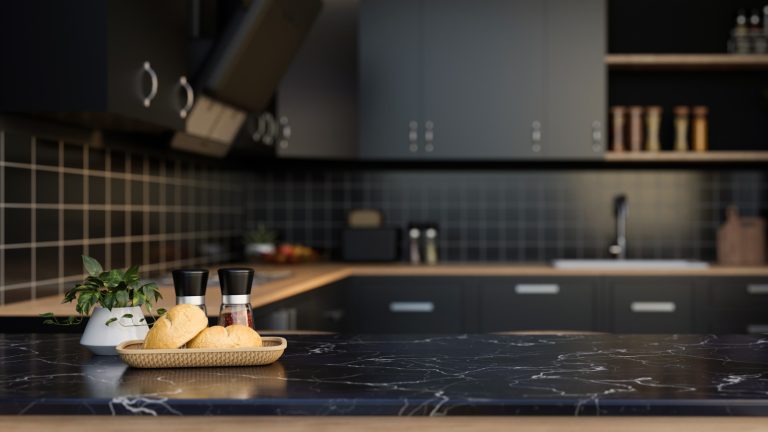Both jam and jelly can add extra moisture and a satisfying burst of fruity flavor to baked goods, helping prevent a dried-out cake. However, there are key differences in the consistency and chemical makeup of these two fruit preserves. Before you decide to substitute jelly for jam in a recipe, it’s important to understand how each one behaves when baked or heated, and how they will interact with the other ingredients you’re using.
Ultimately, your decision will come down to how you want your baked goods to look, taste, and behave — and by behave, we mean the final consistency and texture of the baked good and how it holds up to being cut, served, and eaten. Depending on what you’re baking and how you incorporate jam or jelly into the ingredients, the addition may cause some ingredients not to set or firm up properly after being exposed to heat, resulting in a confection that is soft and runny in the middle and hard to cut and serve.
While jelly is easy to spread and work with, it may not offer consistent results when added to ingredients before baking. Jam will mostly retain its texture and consistency after baking, and can help maintain the overall structure of your baked goods while adding needed flavor and moisture.
What is the difference between jam and jelly?
First, let’s take a look at what makes jam different from jelly. The most important difference lies in how each fruit preserve is made. Jelly is made by reducing fruit juice, sugar, and pectin over a low heat until it becomes firm. When the mixture cools, it will have that gelled, jiggly consistency you’re familiar with from jars of supermarket jelly.
Jam is made in a similar way, but you cook down whole or chopped fruit rather than just the juice. This results in a thicker preserve that still has chunks of fruit in it. Jam has a higher water content, so it works well as an add-in or filling for recipes that might end up too dry, like cookies, cakes, and pastries. Jelly is thinner and firmer, but may melt during the baking process, resulting in a soggy baked good. It is best used as a topping or glaze. There are also important differences between jam and marmalade: jam can be made from a variety of different berries and stone fruits, while marmalade is made from citrus fruits.
When to use jam and when to use jelly in baked goods
Jam is thick, semi-firm, and contains pieces of whole fruit, so it typically retains these qualities pretty well even after baking. Because jam has a much higher moisture content than jelly due to the use of fruit pieces, so adding too much of it to a recipe that already contains a lot of moisture from other ingredients (like water, milk, fresh or frozen fruit, butter, or oil) can make your baked goods too runny or mushy.
It’s best to use jam as a filling before or after baking to add moisture to baked goods that are at risk of drying out during the baking process. This will result in a flavorful, vibrant baked good that retains its overall foundational structure. Jam works well as a filling for muffins, pastries, and cookies, like these Italian rainbow cookies. You can also use it instead of or in addition to frosting between layers of cake; Mary Berry even suggests sealing your cake layers with jam for easy icing.
Jelly is firm but thin and will melt when exposed to heat. This means that it won’t create a very effective moisture barrier when incorporated into your ingredients before baking, likely making your baked goods soggy and inconsistent in texture. We recommend using jelly for sauces, glazes, or toppings that are added to food that is already baked. You can even turn your leftover wine into jelly and use it as a glaze or sauce for baked goods. Both jam and jelly can be folded or whipped into frosting or cream cheese and used as a filling or topping.







